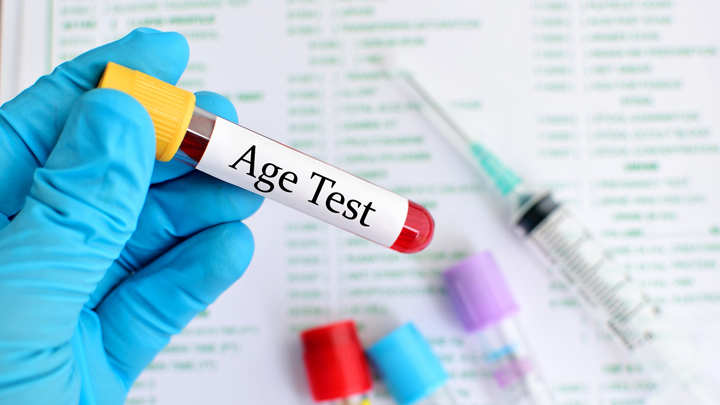
As temperatures soar during the summer months, it’s crucial to stay vigilant about heat stroke prevention. Heat stroke is a serious and potentially life-threatening condition that occurs when the body overheats due to prolonged exposure to high temperatures. In this blog, we’ll discuss the do’s and don’ts of heat stroke prevention, including recognizing symptoms, seeking heat stroke treatment when necessary, and the role of pathology labs in Kolkata & Bhopal in diagnosing heat-related conditions.
Know the Symptoms of Heat Stroke:
It’s essential to familiarize yourself with the symptoms of heat stroke, which can include high body temperature, rapid heartbeat, headache, dizziness, nausea, confusion, and hot, dry skin. If you or someone else experiences these symptoms, it’s crucial to take immediate action to prevent complications.
Stay Hydrated:
One of the most effective ways to prevent heat stroke is to stay well-hydrated. Drink plenty of water throughout the day, especially when outdoors or engaging in physical activity. Avoid excessive consumption of caffeine and alcohol, as they can contribute to dehydration.
Wear Lightweight Clothing:
Choose lightweight, loose-fitting clothing made of breathable fabrics such as cotton to help your body stay cool and comfortable in hot weather. Wear a wide-brimmed hat and sunglasses to protect your head and eyes from direct sunlight.
Take Regular Breaks and Seek Shade:
When outdoors in the heat, take regular breaks in shaded or air-conditioned areas. Avoid prolonged exposure to direct sunlight, particularly during peak hours when temperatures are highest. Plan outdoor activities for cooler times of the day, such as early morning or evening.
Use Sunscreen and Protect Your Skin:
Apply sunscreen with a high SPF (sun protection factor) to exposed skin to prevent sunburn and reduce the risk of heat-related skin damage. Reapply sunscreen as needed, especially after swimming or sweating.
Avoid Strenuous Activity in Extreme Heat:
Limit strenuous physical activity during periods of extreme heat, particularly if you’re not acclimated to hot weather. Pace yourself, take frequent breaks, and listen to your body’s signals to avoid overheating.
Know When to Seek Medical Attention:
If you or someone else experiences symptoms of heat stroke, such as confusion, fainting, or seizures, seek immediate medical attention. Heat stroke is a medical emergency that requires prompt treatment to prevent complications such as organ damage or failure.
Pathology Labs and Heat-Related Conditions:
Pathology labs like HCDC play a crucial role in diagnosing and monitoring heat-related conditions such as heat stroke. Diagnostic tests may include blood tests to assess electrolyte levels, kidney function, and markers of heat-related stress. Health Care Diagnostic Clinic & Laboratory Services provide valuable insights for healthcare providers in managing and treating heat-related illnesses effectively.
Conclusion:
By following these essential do’s and don’ts of heat stroke prevention, you can protect yourself and others from the dangers of excessive heat exposure. Stay informed, stay hydrated, seek shade, and be proactive in recognizing and addressing heat-related symptoms. Remember, prevention is key to enjoying a safe and healthy summer season.


